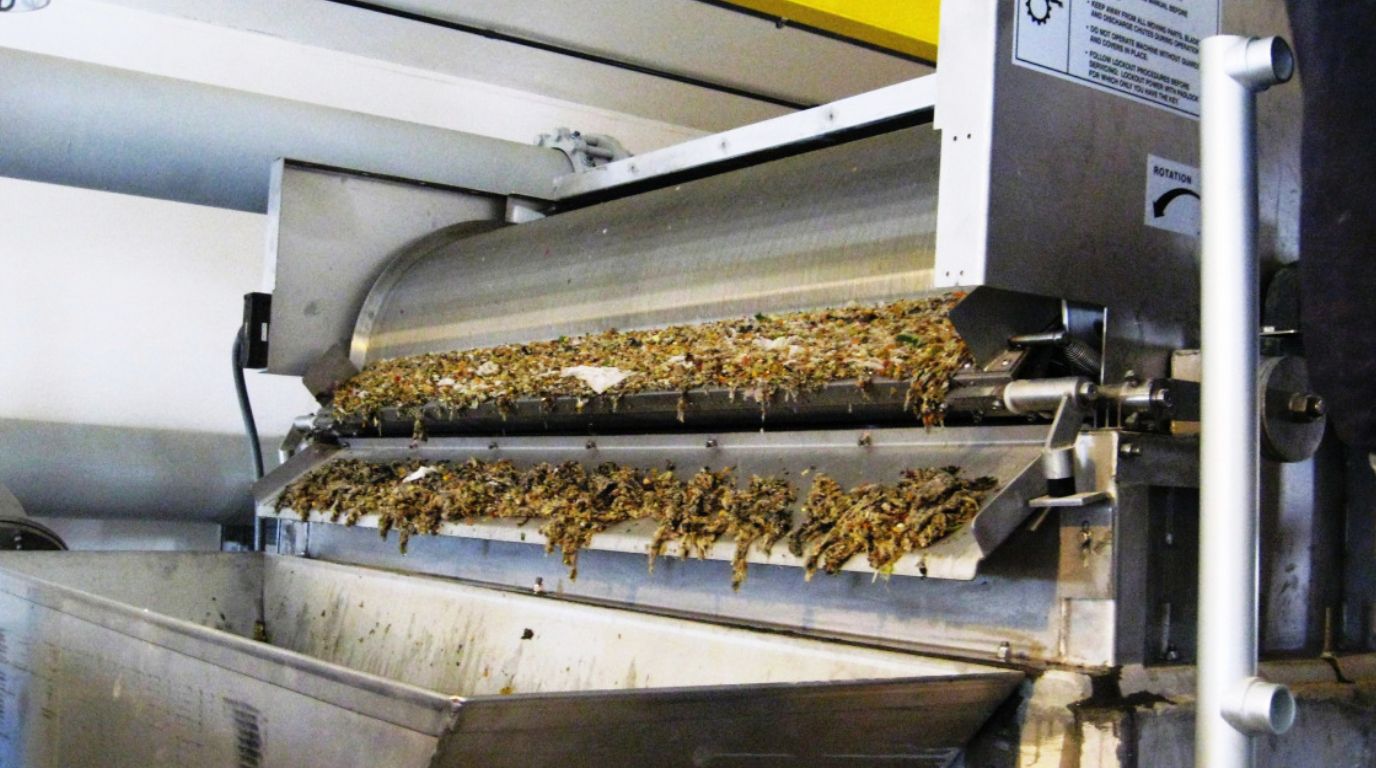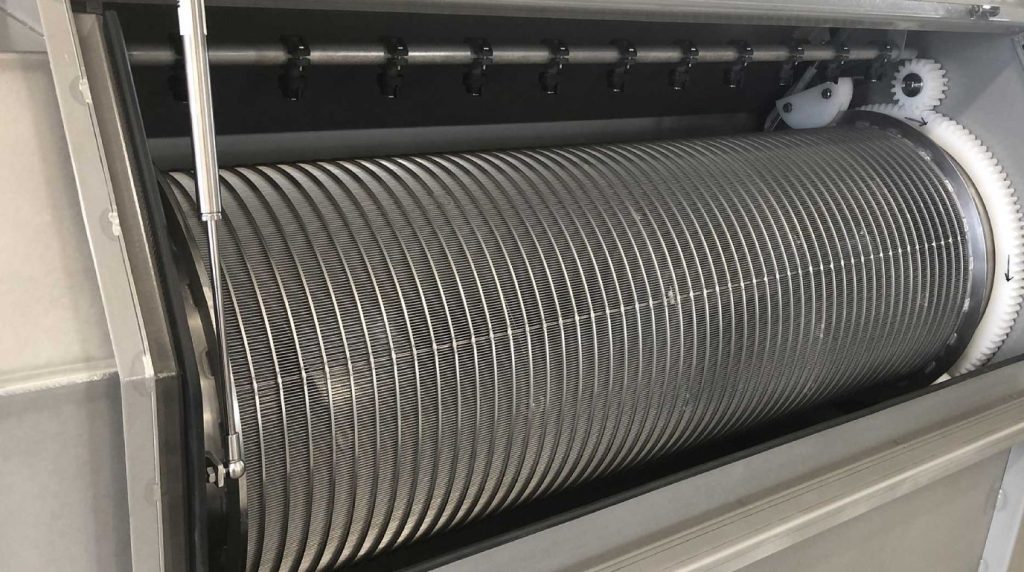A drum screen is a rotating cylindrical filter designed to separate solids from liquids efficiently. Widely used in industries like aquaculture, wastewater treatment, and manufacturing, it helps remove debris while allowing clean water to pass through. Thanks to its automatic rotation, the screen cleans itself continuously, reducing maintenance needs. Drum screens offer key benefits such as high filtration capacity, energy efficiency, and reliability, making them essential in many water management systems across various applications.
What Is a Drum Screen?
A drum screen is a type of mechanical filtration device commonly used to separate solid particles from liquids in various industries. It consists of a large cylindrical drum covered with a fine mesh screen that rotates continuously. As water or wastewater flows through the drum, solid debris such as leaves, algae, or suspended solids get trapped on the mesh surface. The drum’s rotation helps to lift the trapped particles out of the liquid, allowing clean water to pass through. One of the main advantages of drum screens is their ability to clean themselves automatically. During rotation, cleaning mechanisms like spray nozzles or brushes remove the debris from the screen surface, which minimizes the need for manual cleaning and reduces downtime. Drum screens are highly efficient and capable of handling large volumes of water with varying levels of contamination. These screens are widely used in aquaculture to maintain water quality, in wastewater treatment plants to protect pumps and other equipment, and in industrial processes where water filtration is critical. Their durability, low maintenance, and high efficiency make drum screens a popular choice for modern filtration needs.
How Drum Screens Work?
Drum screens operate based on a simple yet effective mechanical principle. The core component is a cylindrical drum fitted with a fine mesh screen. This drum is partially submerged in the liquid that needs filtering. As the liquid flows into the drum, solids larger than the mesh openings are trapped on its surface. The drum slowly rotates, driven by an electric motor or gearbox. This rotation brings the trapped solids out of the liquid and towards a cleaning zone. In this zone, a spray system or brushes remove the debris from the mesh surface, allowing it to fall into a collection trough or conveyor for disposal. This continuous rotation and cleaning cycle ensure the screen does not clog, maintaining steady filtration without interrupting the flow. The design also allows for adjustable rotation speeds and mesh sizes, which can be customized depending on the type of solids being filtered and the volume of liquid. Overall, drum screens provide efficient, low-maintenance filtration by combining mechanical separation with automated cleaning, making them ideal for high-volume and continuous water treatment operations.

Key Benefits of Drum Screens
Drum screens offer several important benefits that make them a popular choice for water and wastewater treatment. First, their automatic cleaning system significantly reduces manual labor and maintenance costs. Because the drum continuously rotates and cleans itself using spray nozzles or brushes, downtime is minimized and the filtration process remains efficient. Second, drum screens have a high filtration capacity. They can handle large volumes of water while effectively capturing a wide range of solid particles, from fine debris to larger waste. This makes them suitable for industries with heavy contaminant loads, such as aquaculture and municipal wastewater treatment. Another advantage is energy efficiency. Compared to other filtration methods, drum screens require less power to operate, which lowers operational costs. They are also durable and designed to withstand harsh conditions, offering long service life. Finally, drum screens protect downstream equipment by preventing clogging and damage caused by solid particles. This improves the overall reliability of water treatment systems and reduces repair expenses.
Maintenance Tips for Drum Screens
Proper maintenance is key to keeping drum screens operating efficiently and extending their lifespan. Regular inspection of the mesh screen is essential to detect any damage or clogging early. Cleaning the screen mesh manually, even though it has automatic cleaning, can prevent buildup of stubborn debris and improve filtration performance. Lubrication of moving parts such as bearings and gears should be done according to the manufacturer’s recommendations to avoid wear and tear. It’s also important to check the alignment and tension of the drive system to ensure smooth rotation without strain. Monitoring the spray nozzles or brushes used for cleaning the drum is necessary to confirm they function properly and deliver adequate cleaning pressure. Replacing worn or damaged cleaning components promptly prevents reduced cleaning efficiency. Keeping the surrounding area clean and free of debris will reduce the risk of external contamination affecting the screen’s operation. Scheduled maintenance combined with timely repairs will help avoid unexpected downtime and costly replacements, ensuring the drum screen performs reliably over time.
Conclusion
Drum screens are an essential component in modern water filtration systems due to their reliable performance, automatic self-cleaning, and high capacity. They work through a rotating drum mechanism that efficiently captures solid waste, making them suitable for a variety of applications—from aquaculture to industrial and municipal wastewater treatment. With proper maintenance, including regular inspections, lubrication, and cleaning of key components, drum screens can operate efficiently for years with minimal downtime. Their energy efficiency, durability, and ability to protect downstream systems further highlight their value. Overall, drum screens offer a smart, cost-effective solution for managing large volumes of contaminated water and ensuring clean, uninterrupted flow in critical operations.
read more: UV Sterilizer

